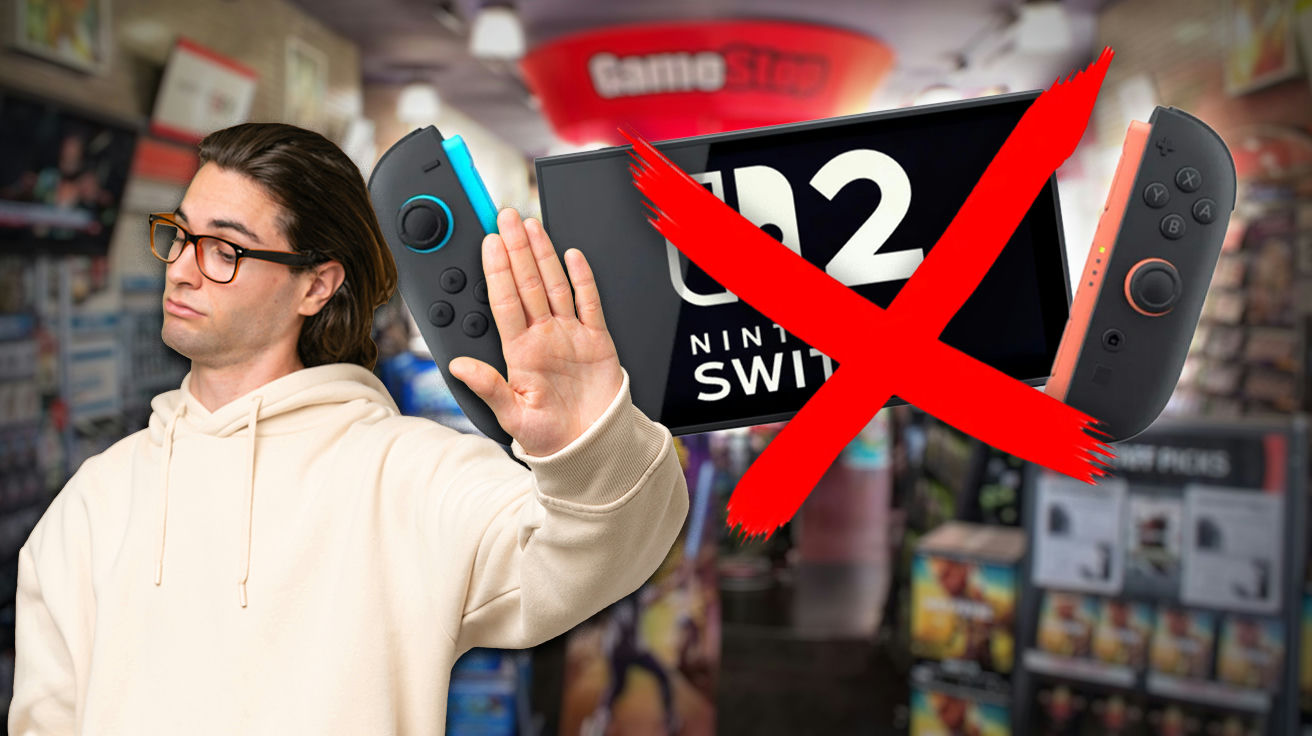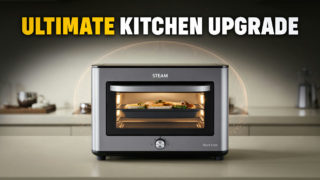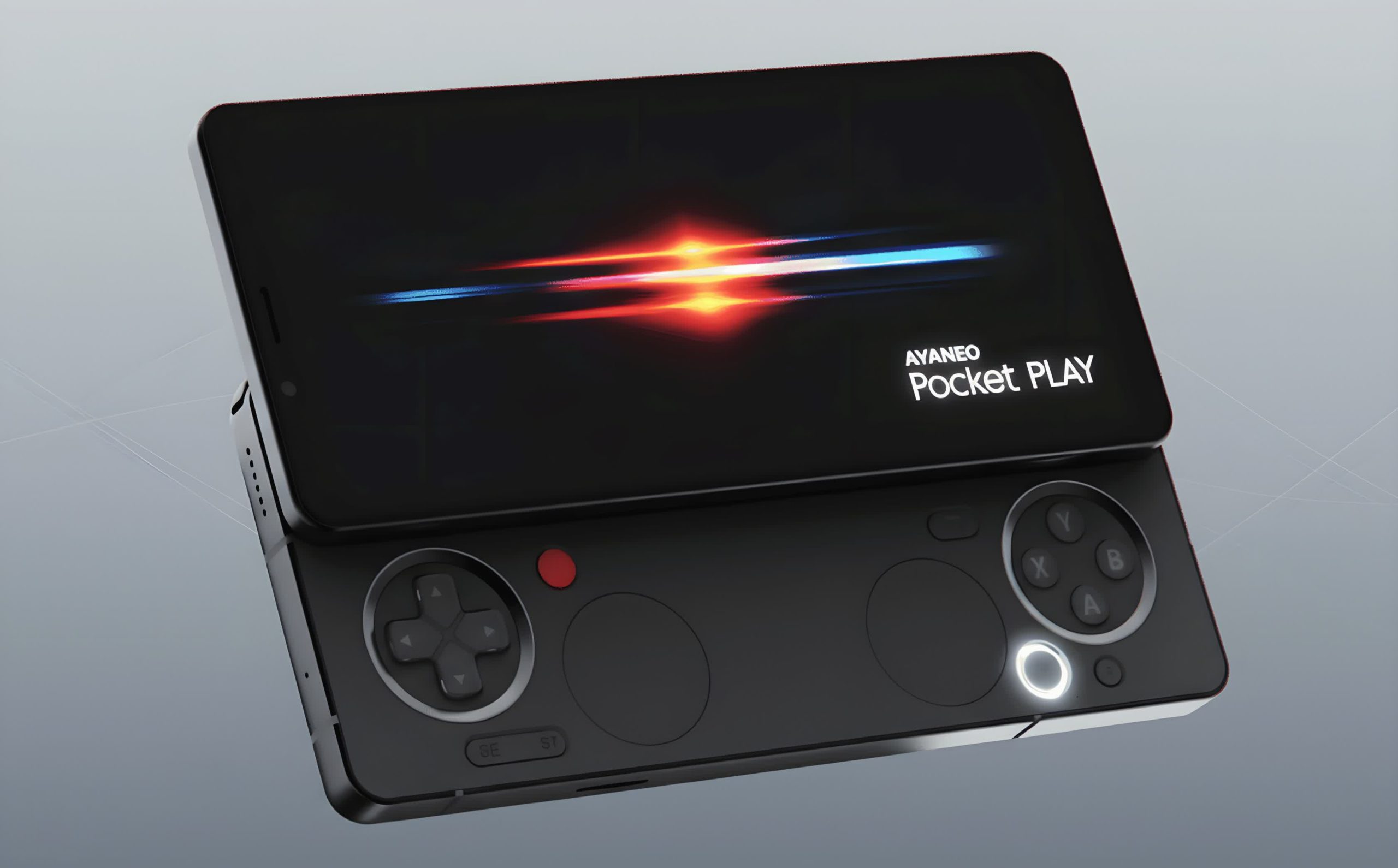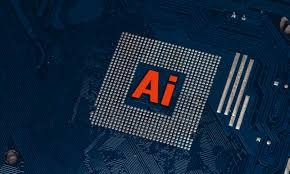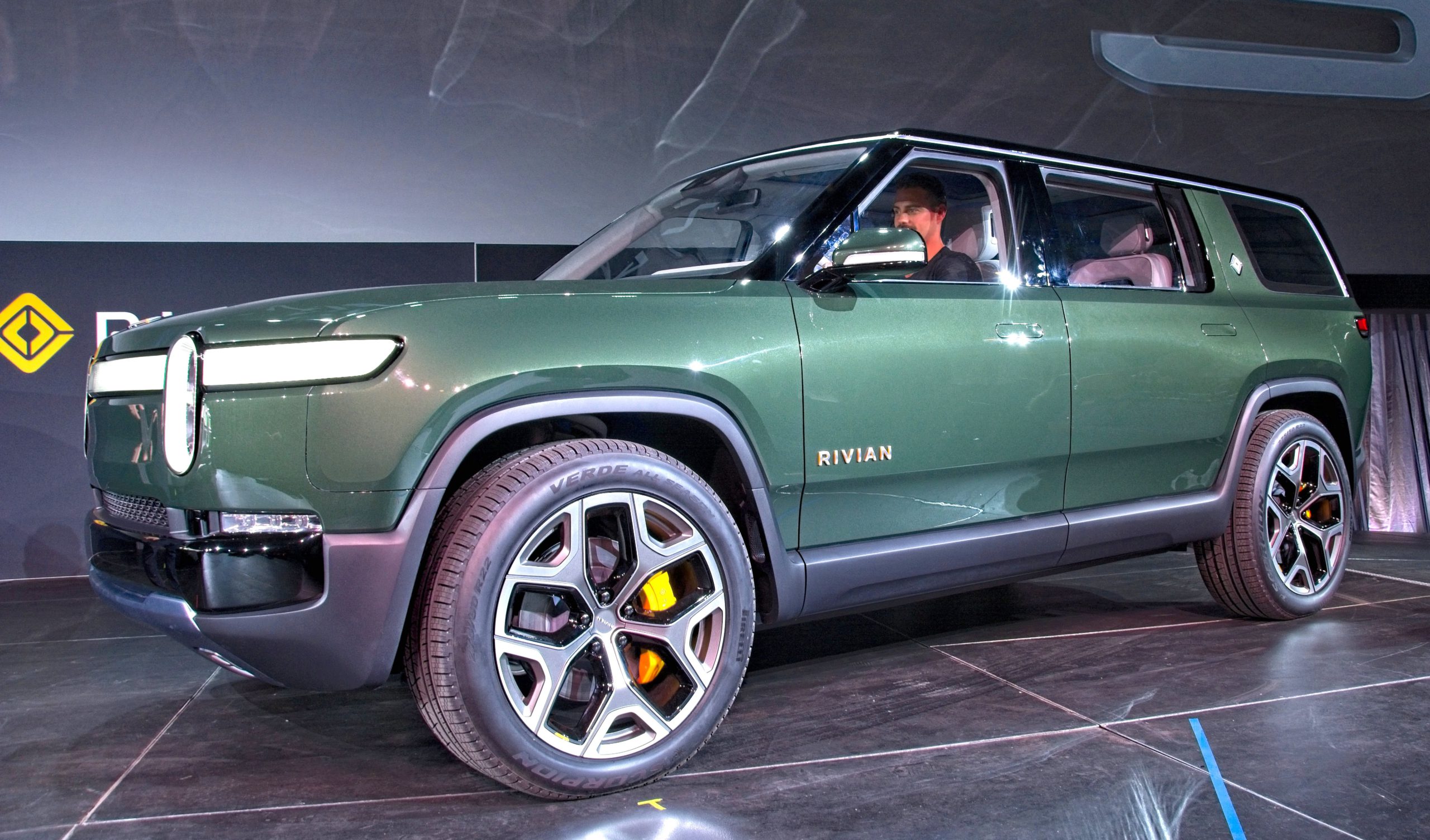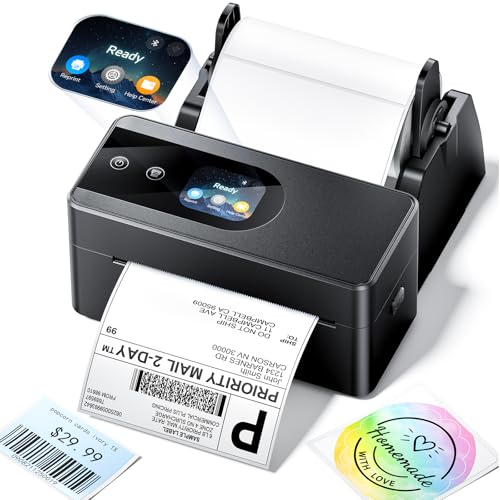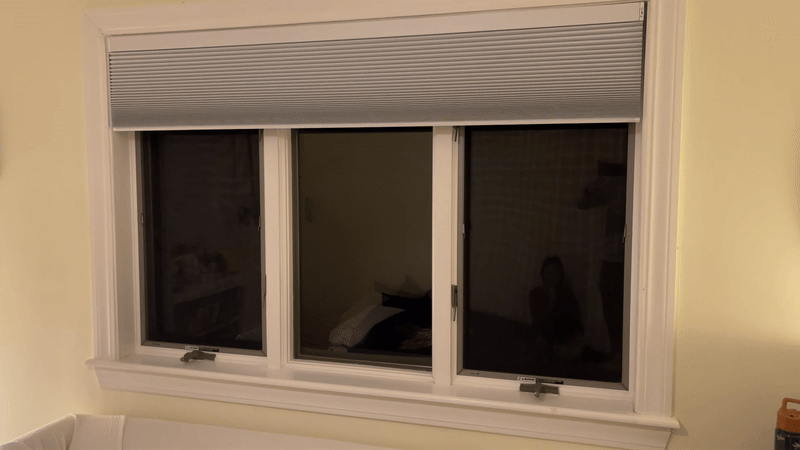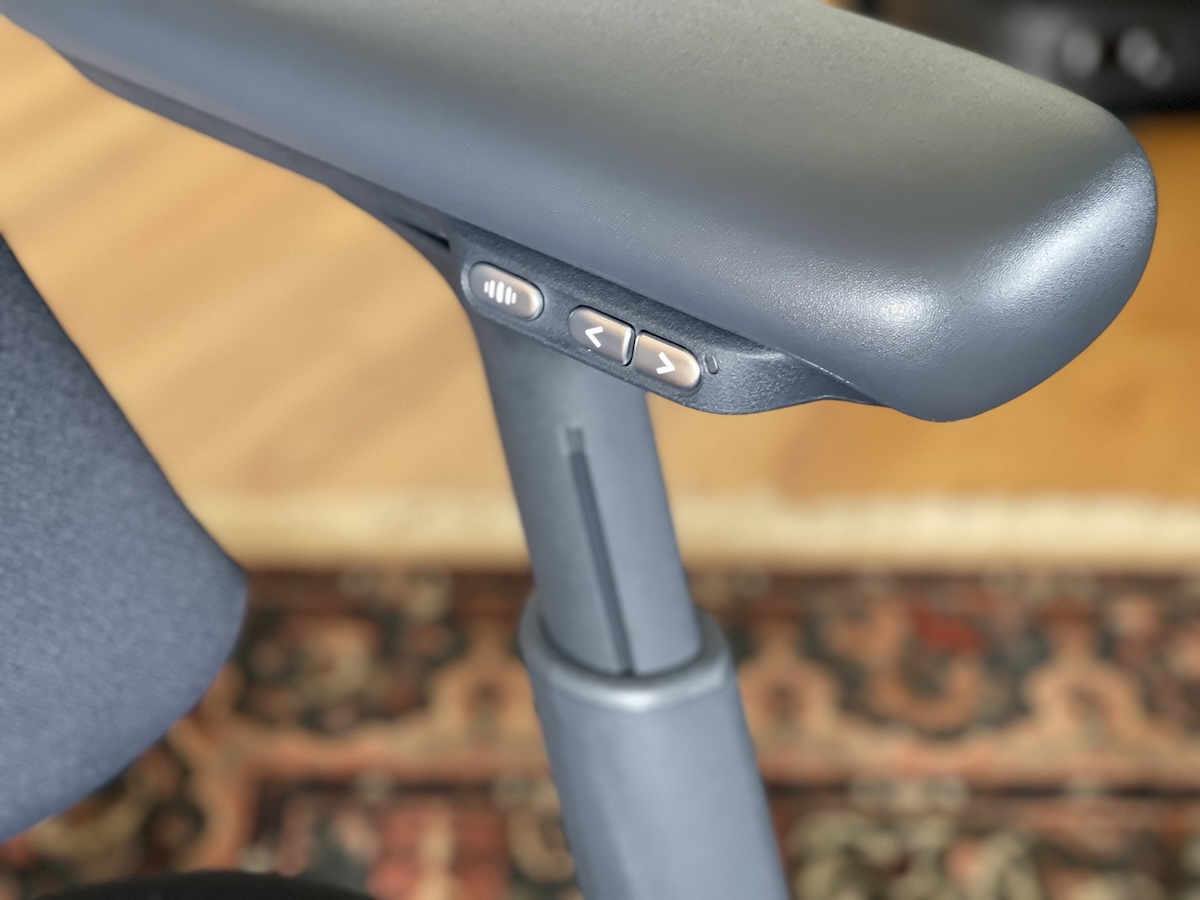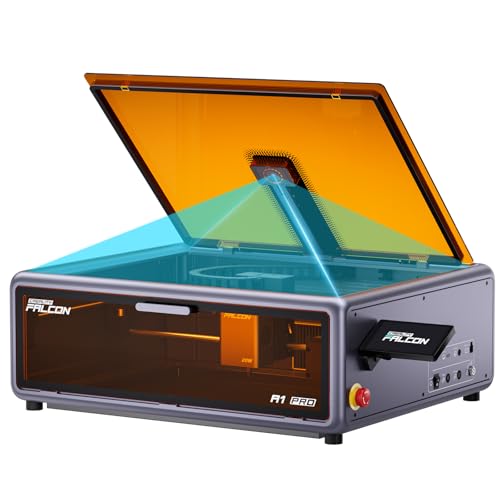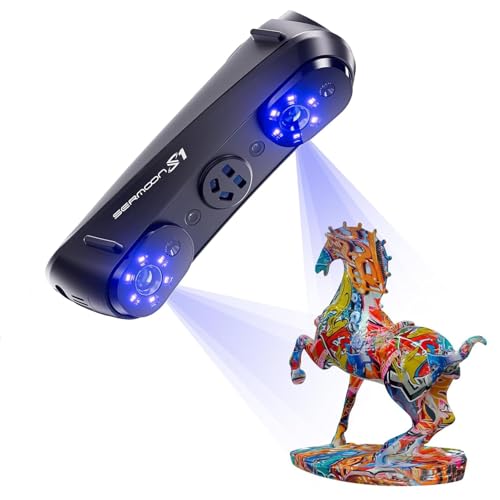Nintendo’s long-awaited Switch 2 arrives June 5, 2025, with a $449.99 price tag. Like a movie sequel with big expectations, it promises meaningful upgrades—larger 7.9-inch 120Hz display, enhanced performance, and dual USB-C ports. Yet concerns linger about the LCD downgrade, limited launch titles, and rising costs. Is this evolution worth the premium, or is Nintendo playing it too safe?
Price Point Concerns

Remember when Nintendo meant affordable gaming? Those days have vanished. The Switch 2’s $450 entry price without bundled games marks a sharp departure from Nintendo’s family-friendly pricing approach. Add subscriptions, accessories, and $80 digital games (up to $90 physical), and you’re facing an investment rivaling premium PC components—potentially excluding the very audience that made Nintendo a household name.
Limited Launch Titles
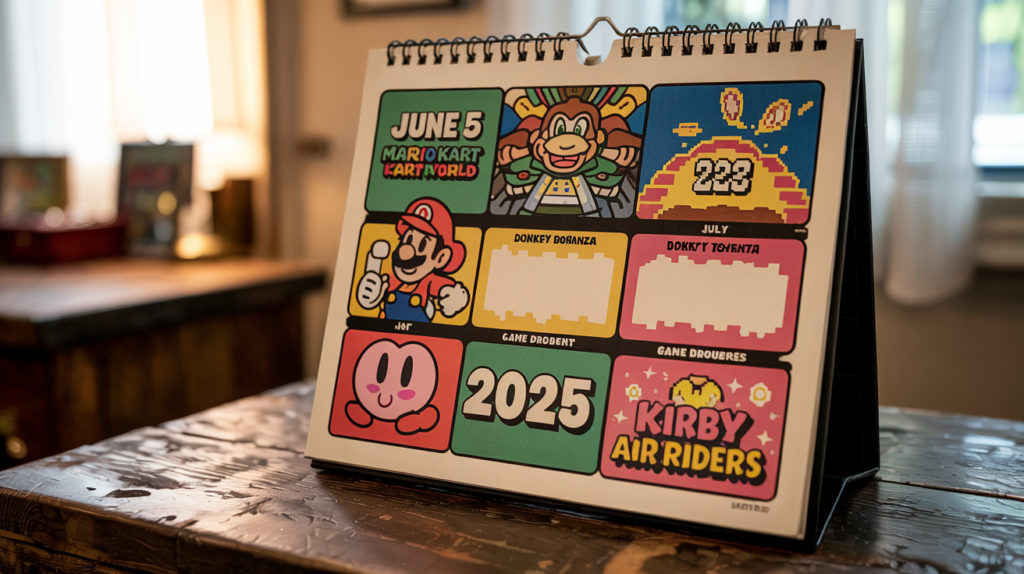
The Switch 2 debuts with only Mario Kart World available at launch. Donkey Kong Bonanza arrives mid-July, while Kirby Air Riders lands sometime in 2025. This sparse catalog creates a classic dilemma—developers hesitate without users, while gamers wait for more titles. For a $450 system, this minimal offering gives many potential buyers pause.
Evolution, Not Revolution
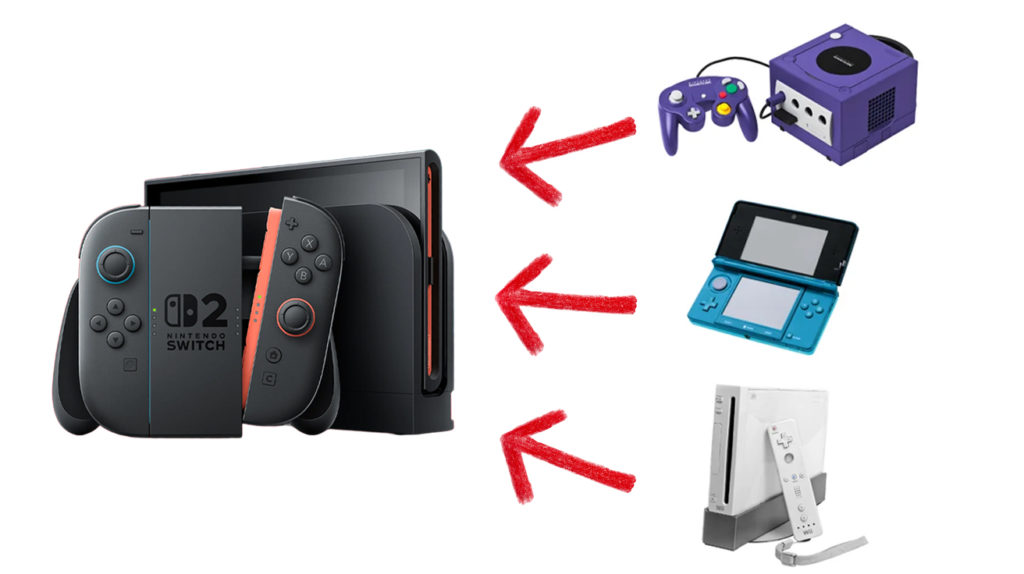
Nintendo’s new console plays it safe, refining rather than reinventing. Where the company historically disrupted gaming with groundbreaking innovations, the Switch 2 merely polishes existing concepts. The interface remains familiar, Joy-Cons still detach (now magnetically), and the hybrid concept continues unchanged. This conservative approach raises questions about whether modest upgrades justify the premium price point.
Display Enhancements and Regression
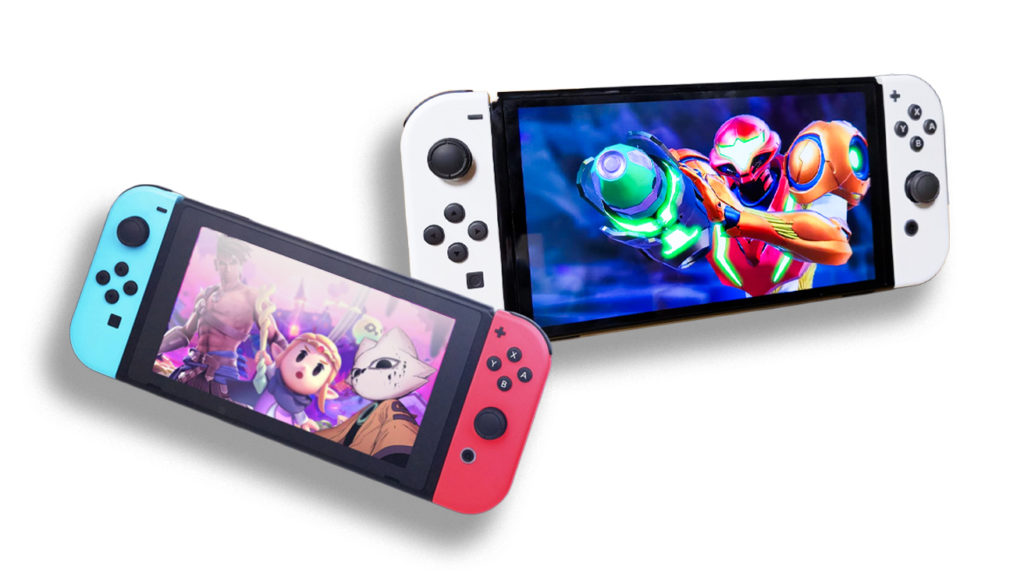
The Switch 2’s display creates an odd value proposition—gaining size and technical capabilities while sacrificing visual richness. The new 7.9-inch Full HD screen with 120Hz refresh rate delivers smoother gameplay, but the retreat from OLED to LCD technology sacrifices the vibrant colors that made the OLED model special—a technological step forward and back simultaneously.
Internal Storage Upgrade
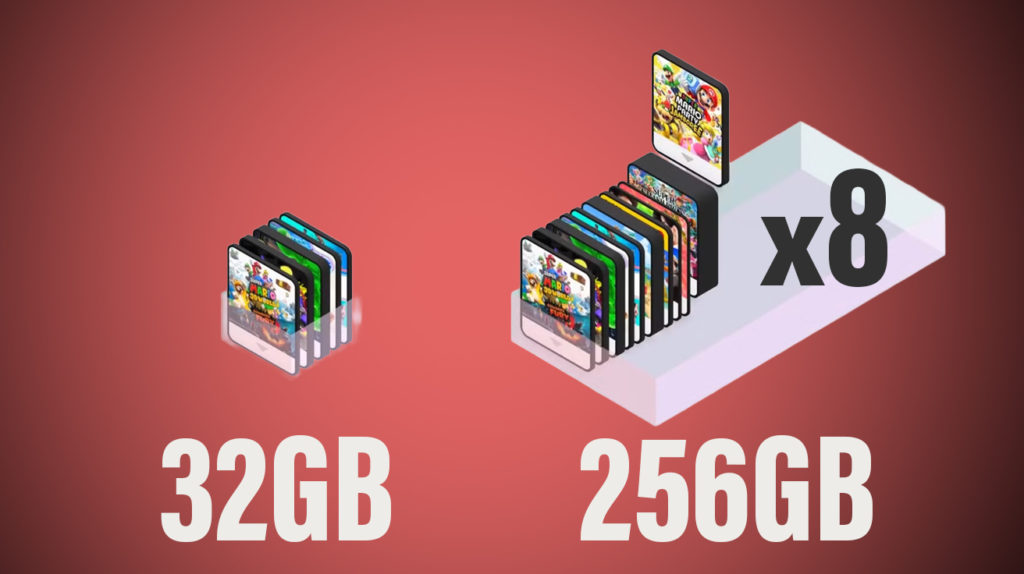
The jump from 32GB to 256GB feels like finally upgrading from constantly deleting photos on your phone. This substantial boost eliminates frequent digital housekeeping after downloading new games. The expanded capacity allows for a healthy digital library, while support for faster microSD Express cards enables quicker loading times—addressing a genuine pain point of the original system.
Battery Life Improvements
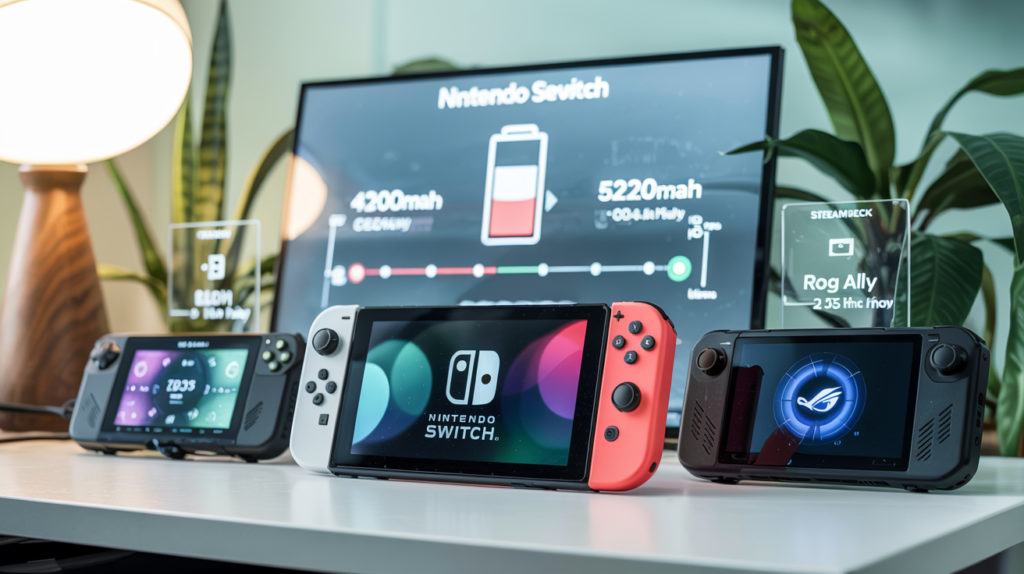
Battery improvements won’t revolutionize portable gaming but will keep you playing through a domestic flight. The capacity increase from 4300mAh to 5220mAh extends playtime to 2-6.5 hours depending on game intensity. This modest boost reduces power anxiety but typically offers less playtime than dedicated handhelds like Steam Deck and ROG Ally—serious portable gamers should still pack a power bank.
The Hidden Cost of Being a Nintendo Fan
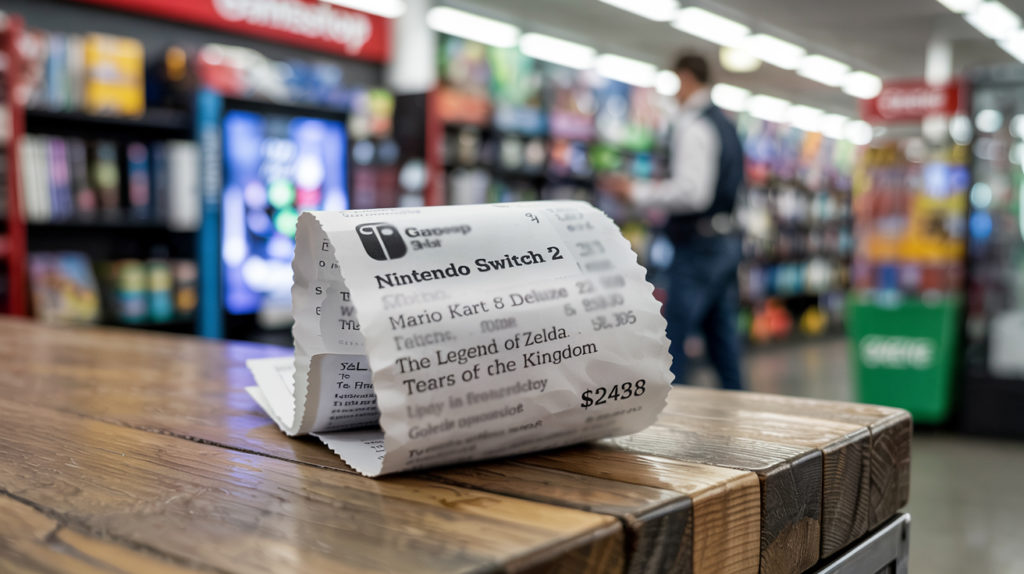
Nintendo’s monetization strategy grows more aggressive with the Switch 2. Rising subscription costs and $80-$90 games significantly increase the true cost of ownership beyond the initial hardware purchase. Additional paid DLC and expansion content further raise the investment required to fully experience games—marking a concerning shift from the straightforward value proposition that previously defined the brand.
Should You Buy It?

Rushing to buy the Switch 2 at launch comes with notable considerations. Early adoption brings potential challenges—limited games, first-batch manufacturing issues, and premium pricing. A measured approach involves waiting several months for the library to expand, hardware refinements to materialize, and bundle deals to appear—potentially leading to a better overall experience.
The Steam Deck and Emerging Alternatives
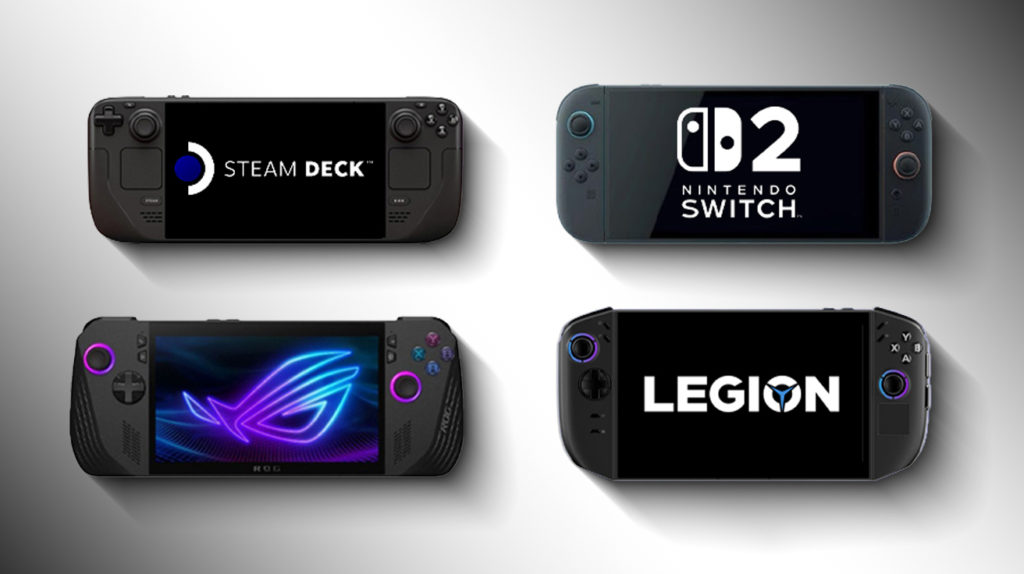
The portable gaming landscape has diversified dramatically, ending Nintendo’s handheld monopoly. Valve’s Steam Deck and Windows handhelds like ASUS ROG Ally offer compelling alternatives with vast libraries and superior technical capabilities. While Nintendo maintains its exclusive franchises and family-friendly appeal, competitors deliver better performance and flexibility. Explore all options before committing to the Switch 2.


